“THINK LEPROSY NOW”: Global Appeal 2015
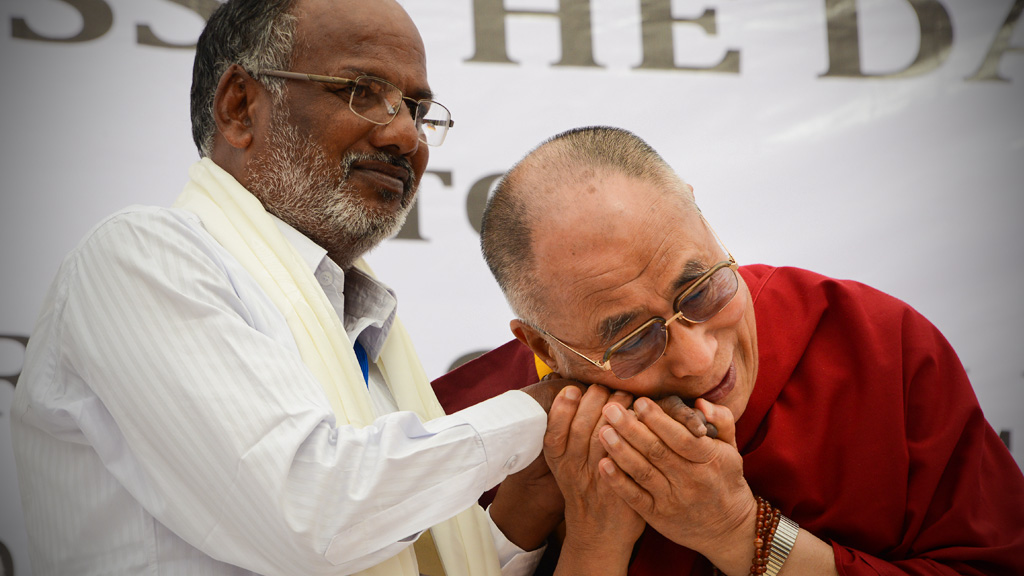
Every January on World Leprosy Day, The Nippon Foundation issues its “Global Appeal to End Stigma and Discrimination against People Affected by Leprosy.” On January 27, 2015 that Global Appeal will be presented in Japan for the first time. In order for this event to deepen understanding among as many people as possible of leprosy and of the need to end discrimination against those affected by the disease, The Nippon Foundation has launched the “THINK LEPROSY NOW” video-message campaign and is also hosting various side events throughout Japan.
Thinking about Leprosy Means Thinking about Humanity
A current effective treatment for leprosy was introduced in the 1980s. This made it possible to completely cure leprosy without any deformities remaining as long as the disease was diagnosed at an early stage. It also became clear that leprosy is very low in infectivity. Despite this medical progress, however, the discrimination against those affected by leprosy has remained deep-rooted, reflecting how the disease was feared for centuries because of the disfigurement it could cause. The way to overcome these social problems lies in conveying knowledge about leprosy to people around the world and calling for misconceptions about the disease to be cleared up.
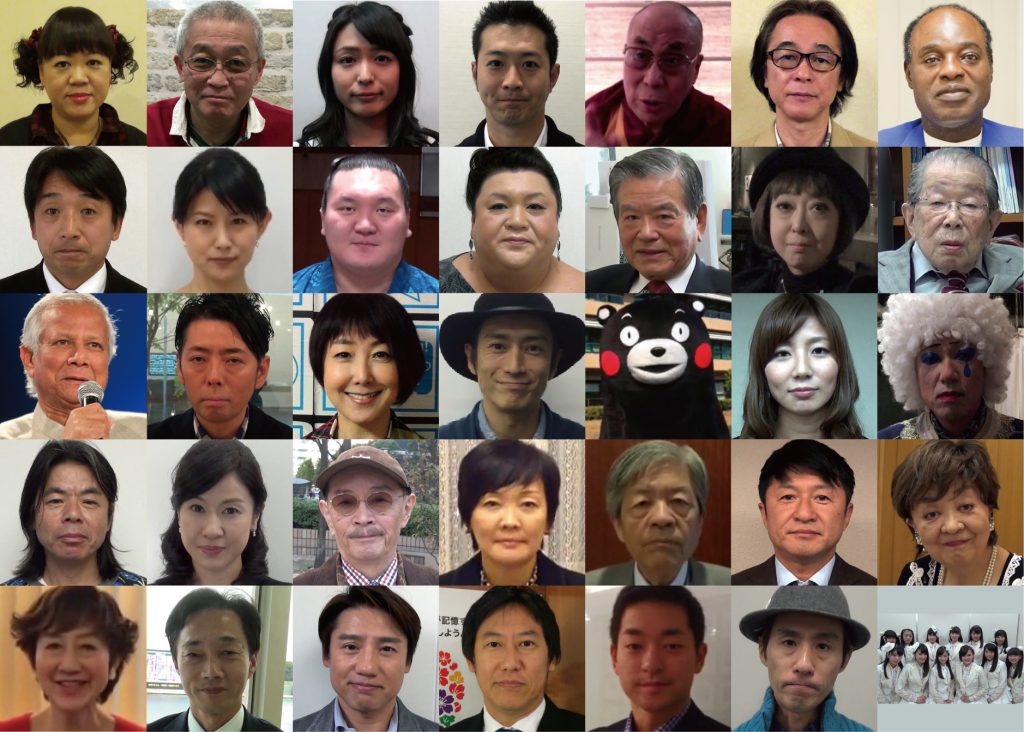
Announcing “Global Appeal 2015” in Tokyo
Since January 2006, The Nippon Foundation, led by its Chairman Yohei Sasakawa (WHO Goodwill Ambassador for Leprosy Elimination and the Japanese Government Goodwill Ambassador for the Human Rights of People Affected by Leprosy), has been issuing a Global Appeal annually together with leaders in such fields as medicine, law, education, and religion. The Global Appeal persistently emphasized that leprosy is a curable disease and that medical treatment can be received free of charge, and that discrimination against those affected by leprosy is unacceptable.
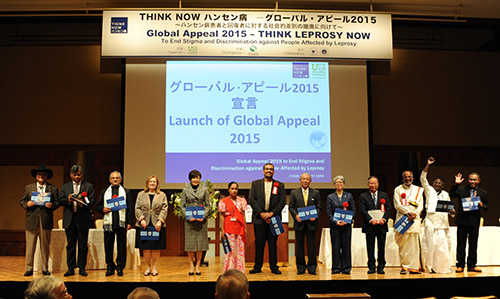
The landmark 10th Global Appeal, to be announced on January 27, 2015, will be the first to be held in Japan, and will include the participation of the International Council of Nurses and nursing associations from other countries.
THINK LEPROSY NOW
Coinciding with the 2015 Global Appeal is our creation of the THINK LEPROSY NOW website that aims to deepen the understanding of people in Japan and around the world about leprosy and to become aware of discrimination against those affected by it. The website will also broadcast video messages of encouragement of many individuals, including such renowned figures as the 14th Dalai Lama, who participated in the first Global Appeal, as well as Shigeaki Hinohara, the head of St. Luke’s International Hospital in Tokyo; former prime minister Yoshiro Mori; and the Japanese TV personality Matsuko Deluxe.
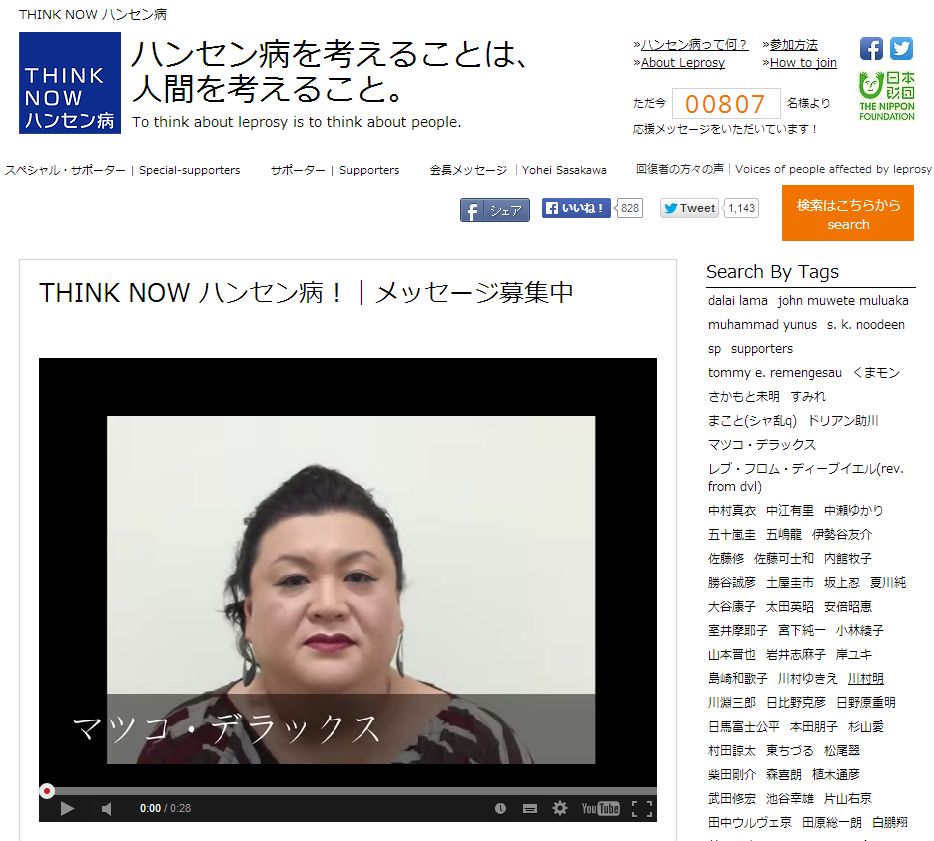
Side Events for “World Leprosy Day”
The Nippon Foundation, together with a variety of other organizations, will also host a range of side events in 2015 throughout Japan from January to March, centered on World Leprosy Day. A variety of events have been planned, including photography exhibitions of people who have recovered from leprosy and their families; panel discussions featuring authors who will discuss depictions of leprosy in literary works; symposia led by university students who volunteered at leprosaria in various countries; as well as film screenings and musical concerts.
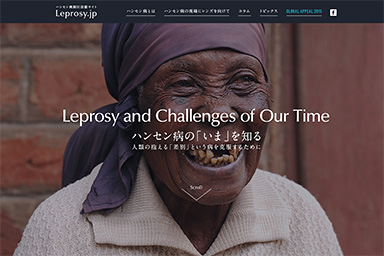
The Significance of Thinking about Leprosy Now
In 1991, the World Health Organization defined the goal of eliminating leprosy as a public health problem if its prevalence rate falls below one case per 10,000 people. Activities toward that end progressed throughout to the world, to the point where, by 2011, only Brazil had yet to eliminate leprosy by that standard. However, even though India has reached the elimination goal, there are still around 120,000 new cases there every year. Such examples show that leprosy has yet to be fully eliminated.
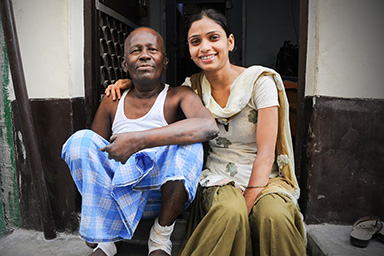
There are also areas where understanding of the nature of leprosy has not advanced, and where discrimination remains against those affected by leprosy and their family members.
Looking at the case of Japan, we can see that from the Meiji period (1868–1912) until recently, the policy was to isolate leprosy patients, who were also not allowed to have children and could not return to their hometowns even after they were cured, having to spend their whole lives in a leprosarium instead. The isolation policy remained in place even after a treatment for leprosy emerged and the number of patients decreased rapidly; it was finally ended in 1996 an in 2001 persons affected by leprosy were able to receive state compensation. However, elderly people who recovered from leprosy often had no choice but to remain in a leprosarium, and today the average age of residents in leprosaria is over 80.
Now that former isolation facilities and leprosaria in countries around the world similarly are decreasing in size or shutting down, the written records and memories of those who battled leprosy are in danger of disappearing. This situation has raised the impetus to preserve that history and pass it along to future generations. The time is ripe for young people to gain a correct understanding of leprosy and to think more deeply about the disease.



